Bold, spicy, and irresistibly aromatic, Zigni is the heart and soul of Eritrean cuisine. This rich beef or lamb stew, simmered slowly in a fiery blend of berbere spices and tomatoes, delivers a mouthwatering kick with every bite. Served atop soft, tangy injera, Zigni isn't just a dish—it's a flavorful journey that brings families and friends together. With its deep red hue, tender meat, and complex layers of spice, Zigni transforms every meal into a feast worth remembering. Read More...
The History of Zigni – A Symbol of Eritrean Identity:
Zigni, Eritrea’s bold and spicy national dish, is more than just a savory stew—it is a deep expression of the country’s culture, resilience, and culinary identity. Rich in flavor and history, this fiery beef or lamb dish simmered in berbere spices and tomatoes is a centerpiece at tables across the nation.
Ancient Roots and the Birth of Berbere:
The origins of Zigni can be traced back to the traditional cooking methods of the Horn of Africa, where stews were central to the diet. What sets Zigni apart is berbere, a complex spice blend made with chili peppers, garlic, ginger, fenugreek, and more. While berbere is common in Ethiopian cuisine, Eritreans crafted their own spicier, more pungent version—laying the foundation for Zigni as we know it.
Colonial Influence and Culinary Resilience:
During Italian colonization in the late 19th and early 20th centuries, Eritrea saw the introduction of new ingredients and cooking styles. However, Zigni remained a stronghold of traditional Eritrean cuisine. It embodied culinary independence and cultural continuity, even as foreign influences touched other parts of everyday life.
The Dish and Its Signature Pairing:
Classic Zigni is made by slow-cooking tender chunks of beef or lamb with onions, tomatoes, and a heavy hand of berbere. Often enriched with tesmi (spiced clarified butter), the dish is served atop injera, the iconic sour flatbread made from teff flour. Injera isn’t just a side—it’s a tool, a base, and an integral part of the Zigni experience.
A Communal Tradition:
Zigni is traditionally enjoyed as a shared meal, served on large platters where family and friends gather to eat with their hands. This communal style of eating emphasizes unity, respect, and Eritrean values of hospitality and togetherness.
A Dish that Connects the Diaspora:
Today, Zigni remains a beloved staple both in Eritrea and among Eritrean communities worldwide. For many in the diaspora, preparing and sharing Zigni is a way to stay connected to their roots and pass down cultural traditions to future generations.
Zigni is more than a national dish—it’s a story simmered in spices, a legacy of resistance and pride, and a flavorful celebration of Eritrean heritage.
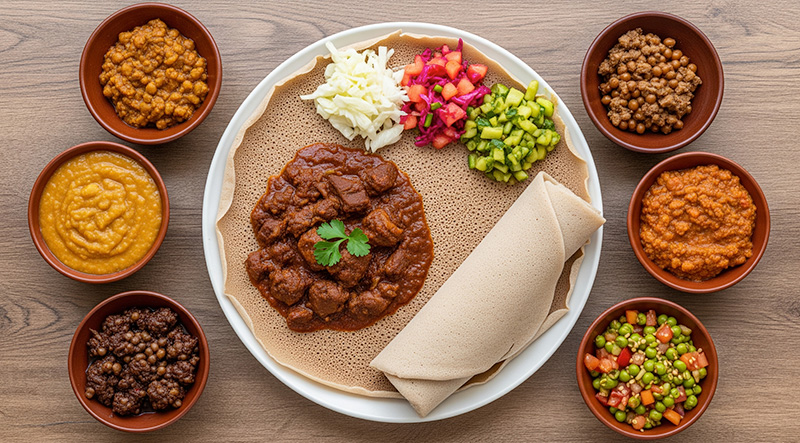
Sweat the onions & Bloom the aromatics:
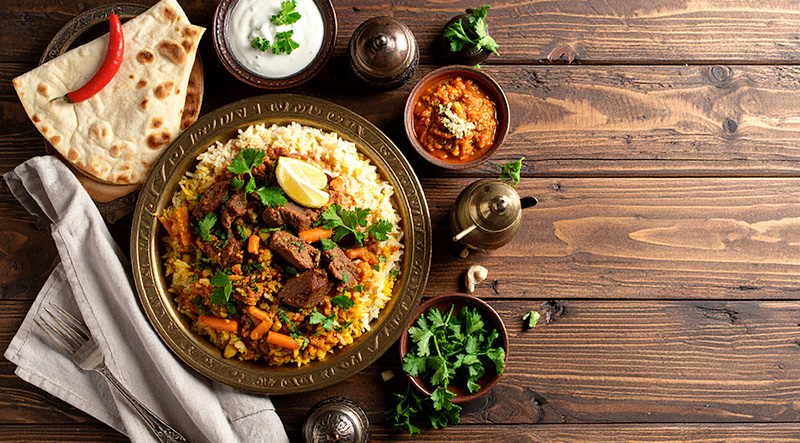
Coat the meat:
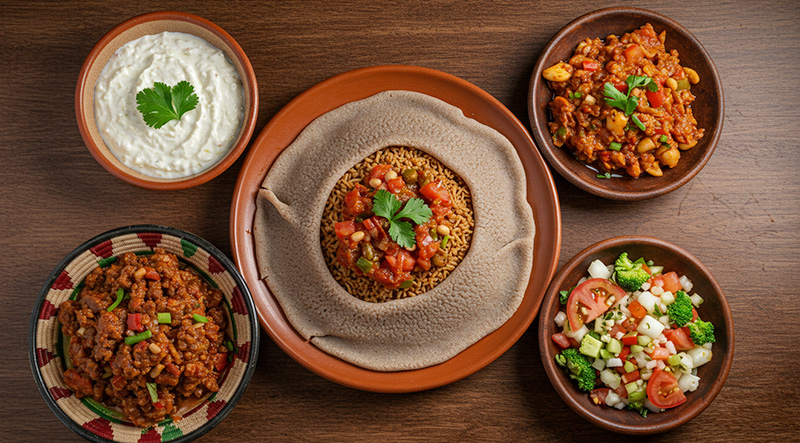
Tomato foundation:

Simmer low and slow:
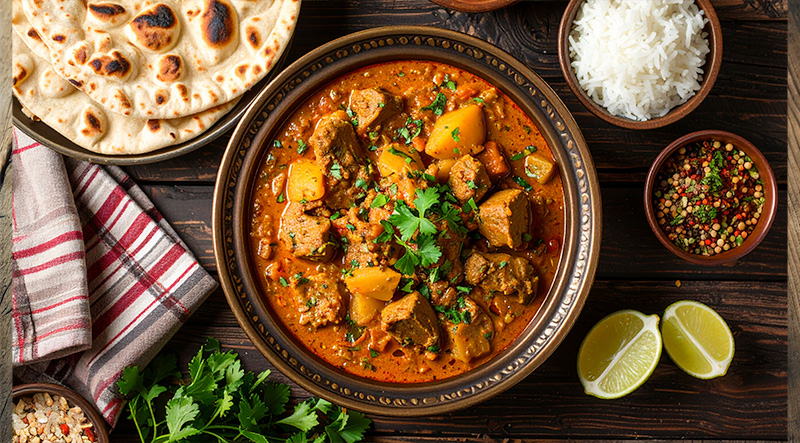
Finish & adjust:
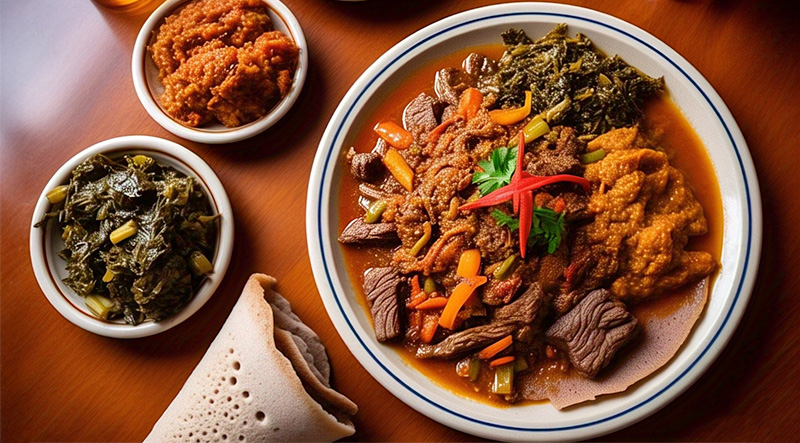
Serve Eritrean-style:
The total preparation and cooking time for Zigni is approximately 2 to 2.5 hours. This includes about 30 minutes of preparation for chopping onions, garlic, ginger, and beef, as well as assembling spices and ingredients. The cooking process takes 1.5 to 2 hours, allowing the onions to caramelize deeply, the spices to bloom, and the beef to slowly simmer in the tomato and berbere-infused sauce until tender and richly flavored. While it requires patience, the result is a deeply satisfying and authentic Eritrean dish well worth the time.
A single serving of Zigni, based on the provided recipe, contains approximately 450–550 calories. This estimate includes a portion of spiced beef cooked in clarified butter (tesmi), onions, tomatoes, and berbere spice, along with a moderate serving of injera (around 1 large piece). The clarified butter adds rich fats, while the beef contributes protein and iron. The vegetables and spices provide fiber and antioxidants with minimal calories. Optional additions like cardamom or bell pepper don’t significantly change the count, but if extra injera or oil is used, the total could increase slightly.







